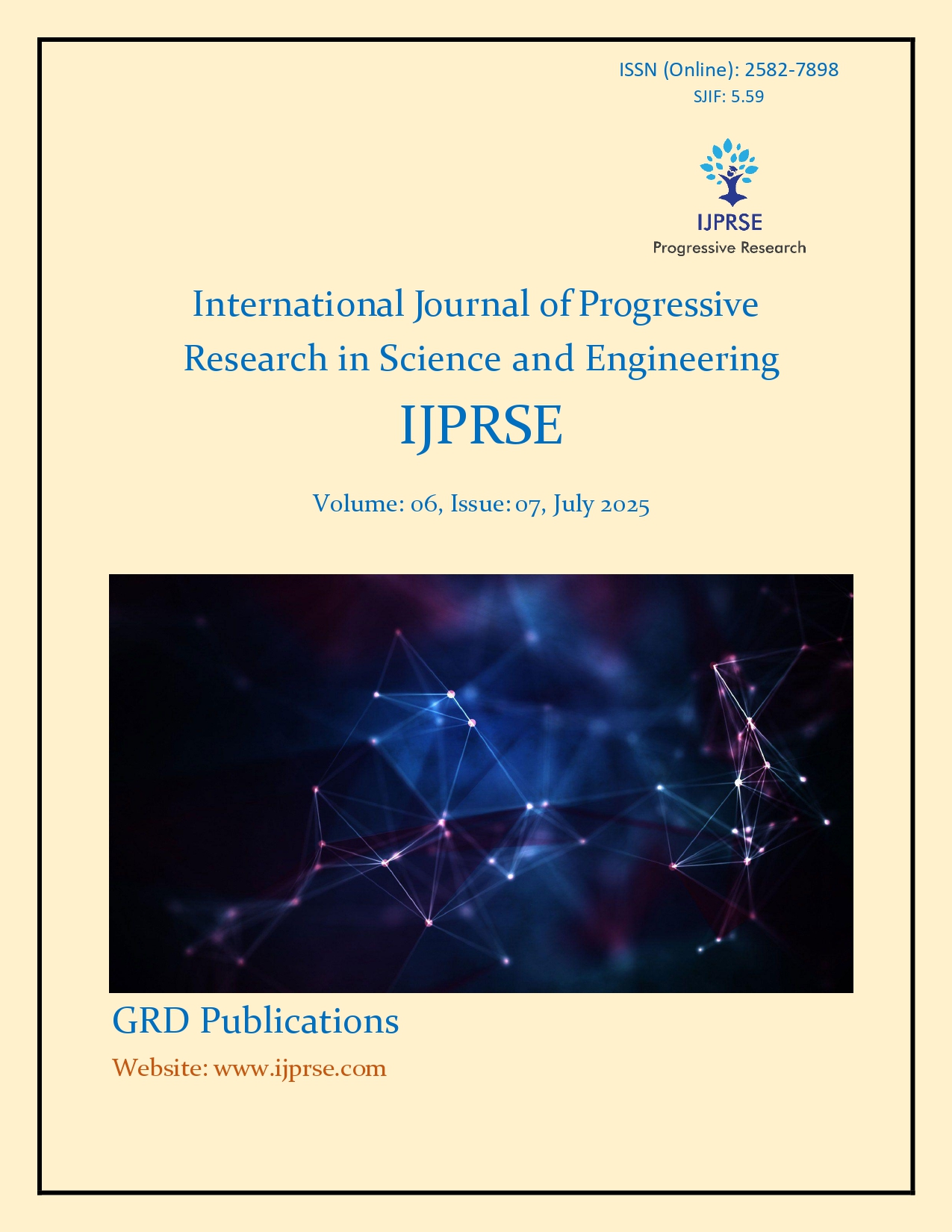Biosorption in Textile Effluents Using Azadirachta Indica Bark Powder with Isotherm Modelling
Keywords:
Biosorption, Neem bark, Heavy Metals, Isotherm modelling, Langmuir Isotherm, Freundlich isotherm, Textile wastewater.Abstract
Textile effluents are major contributors to water pollution, often containing hazardous heavy metals. Biosorption is becoming more and more popular as a low-cost, effective heavy metal removal technique. With an emphasis on isotherm modeling, this study assesses the application of powdered neem bark (Azadirachta indica) for the biosorption of heavy metals. The maximum percentage removal efficiency of Pb was attained 87.76 for the pH 7 with 2.0g AIBP of dosage content, the contact time being 240 minutes The maximum percentage removal efficiency of Ni attained was 88.64 at the pH level of 6 with dosage level of 2.0g in 240 minutes of contact time. At a pH of 7 and a dosage content of 2.0g AIBP, the highest percentage removal efficiency of Cr was achieved at 88.51 after 240 minutes of contact. With a pH of 7, a dosage of 2.0g of biosorbent, and a contact time of 240 minutes, the highest removal percentage efficiency of zinc was achieved, and it was 84.76. Every metal ion underwent spontaneous biosorption, with the order of spontaneity being Ni > Cr > Pb > Zn. Freundlich and Langmuir isotherms were applied to analyse adsorption behaviour. Effective metal removal was demonstrated by the results, and multilayer adsorption on heterogeneous surfaces was suggested by the Langmuir Isotherm model, which better fit the equilibrium data.
Downloads
Downloads
Published
How to Cite
Issue
Section
License
Copyright (c) 2025 Jayashakthi R V, Asha B

This work is licensed under a Creative Commons Attribution-NonCommercial 4.0 International License.


